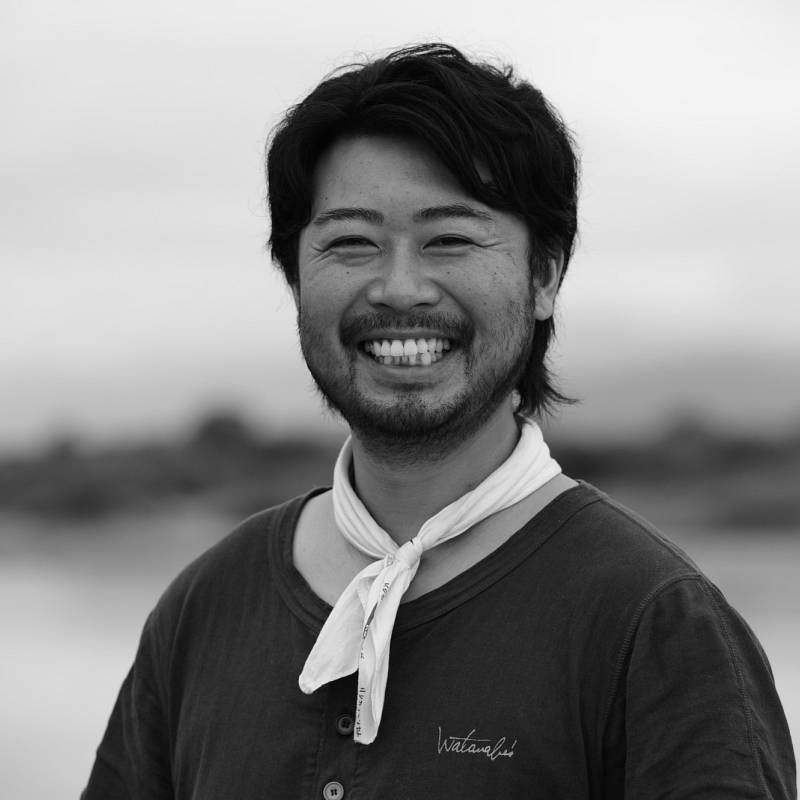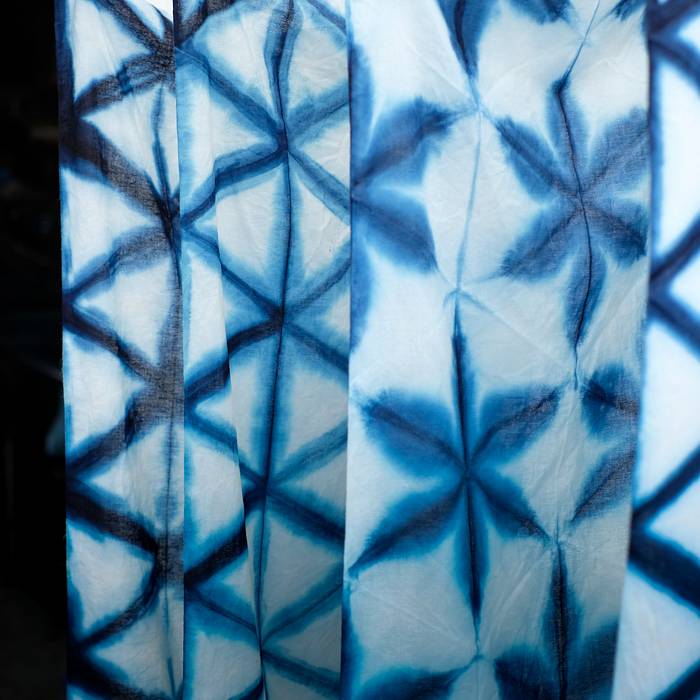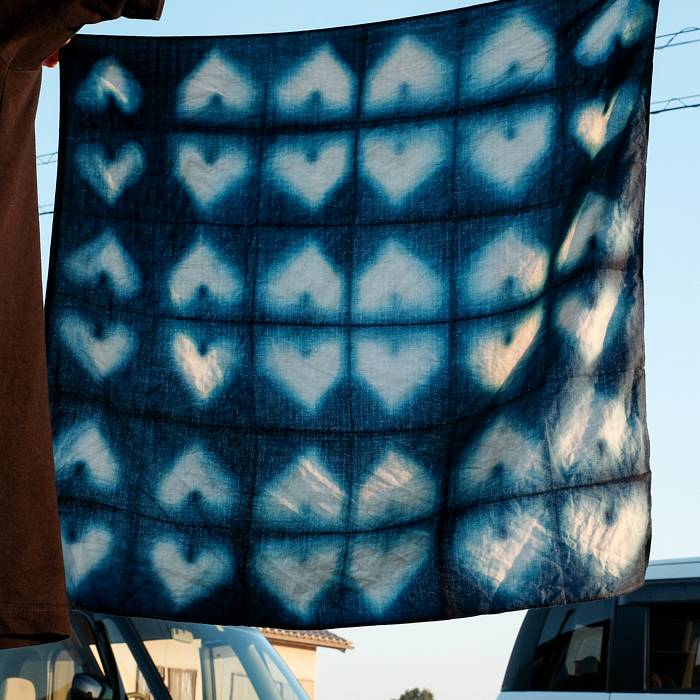
Kenta Watanabe

Based in Tokushima Prefecture, Kenta Watanabe is an indigo farmer (Ai-shi) and dyer (Some-shi). He oversees the entire process of traditional Japanese indigo dyeing—from cultivating Tadeai (Japanese indigo plants) and producing Sukumo (fermented indigo leaves), to building fermentation vats and dyeing textiles. Valuing indigo as a color rooted in daily life, he explores ways of living and expressing in harmony with nature through exhibitions and workshops both in Japan and abroad.
Watanabe’s journey into the world of indigo began with a formative encounter with Osamu Nii, the 6th-generation indigo master (i-shi) of Nii Seiaisyo. Through intensive apprenticeship under his mentor, he learned the philosophy and techniques essential to working with indigo. He also received great inspiration through his connection with senior apprentice Rowland Ricketts, further deepening his understanding of how people and cultures can be brought together through indigo.
For Watanabe, passing on tradition to future generations means not only cultivating new expressions, but also honoring the ancestors who nurtured this culture over time. He is committed to continuing the legacy of “living indigo” that bridges the past and the future.

